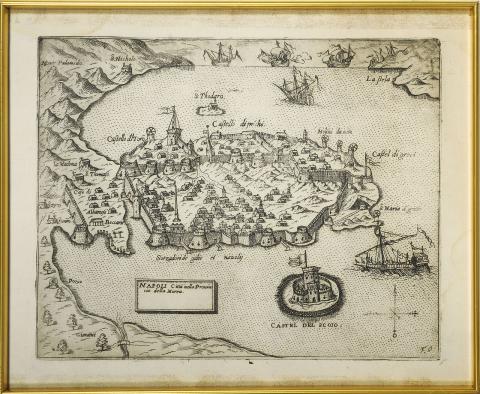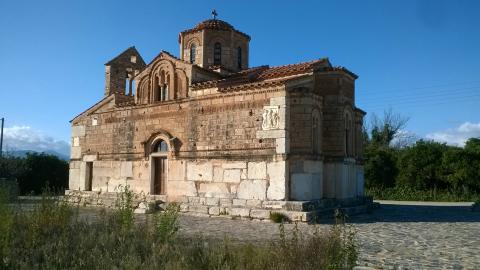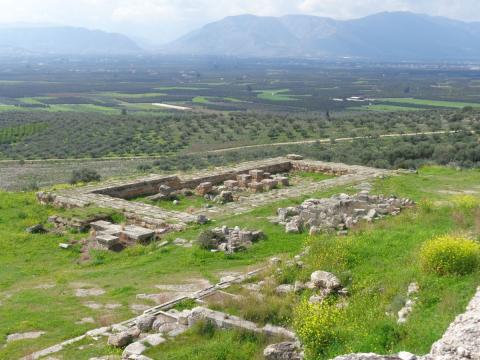The troubled history of the Peloponnese, from the first collapse of the Byzantine Empire in the early 13th century AD, to the outbreak of the Greek war of Independence in the early 19th century AD, defined the layout of Nafplio. The powerful fortress of Acronafplia and its safe port always attracted numerous aspiring conquerors.
After the period of Frankish rule, the Venetian Republic and the Ottoman Empire dominated the city.
During the first period of Venetian rule, from 1389 to 1540 AD, Nafplio changed radically. The walls of Acronafplia were rebuilt or reinforced, the port was upgraded and a fort, nowadays called Bourtzi, was built on the rocky island that overlooks the entrance to the port. Last but not least, the Venetian engineers expanded the city against the sea, forming what we know today as the old city of Nafplio. Nafplio became a trading and military centre and was a prosperous and densely populated city.




